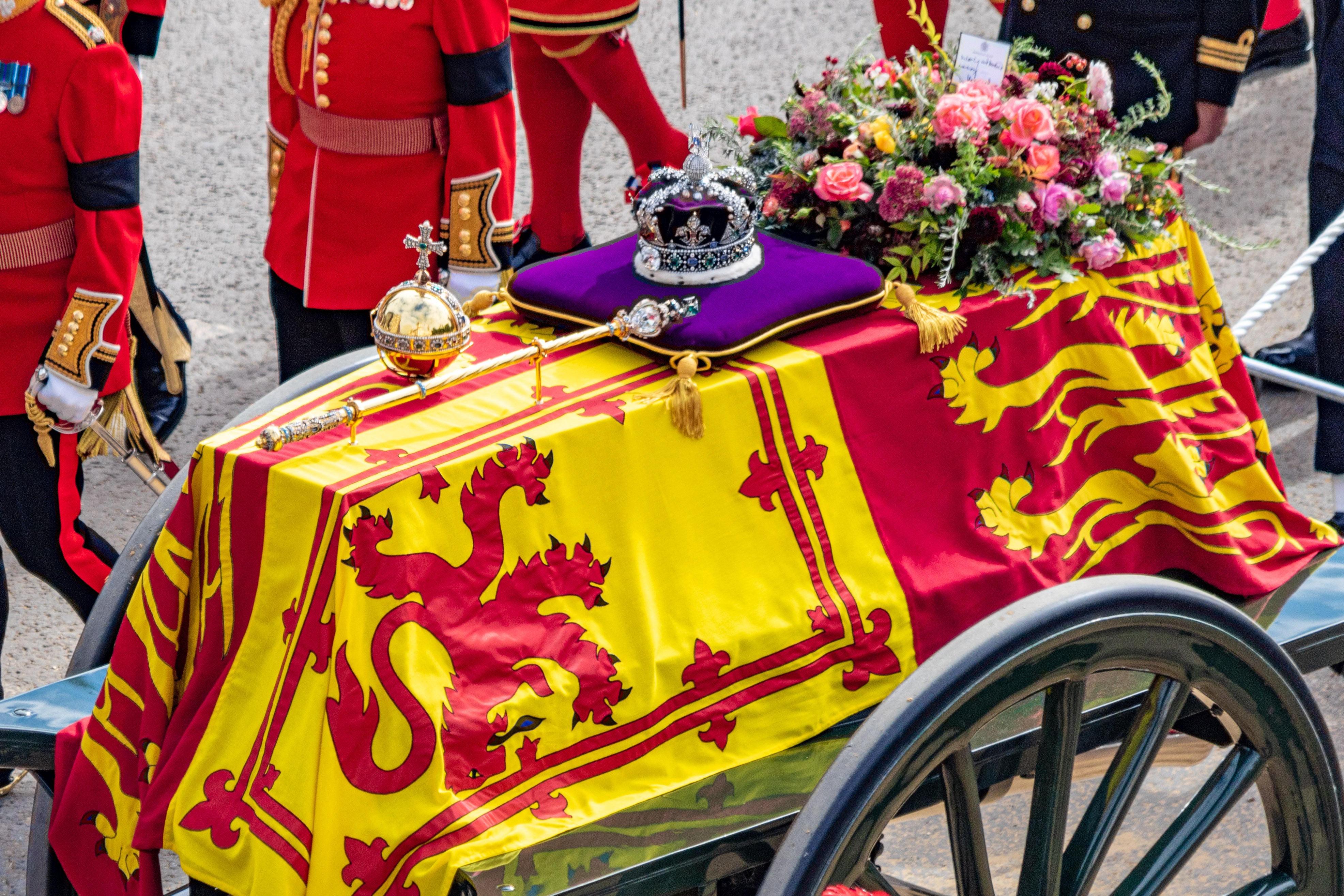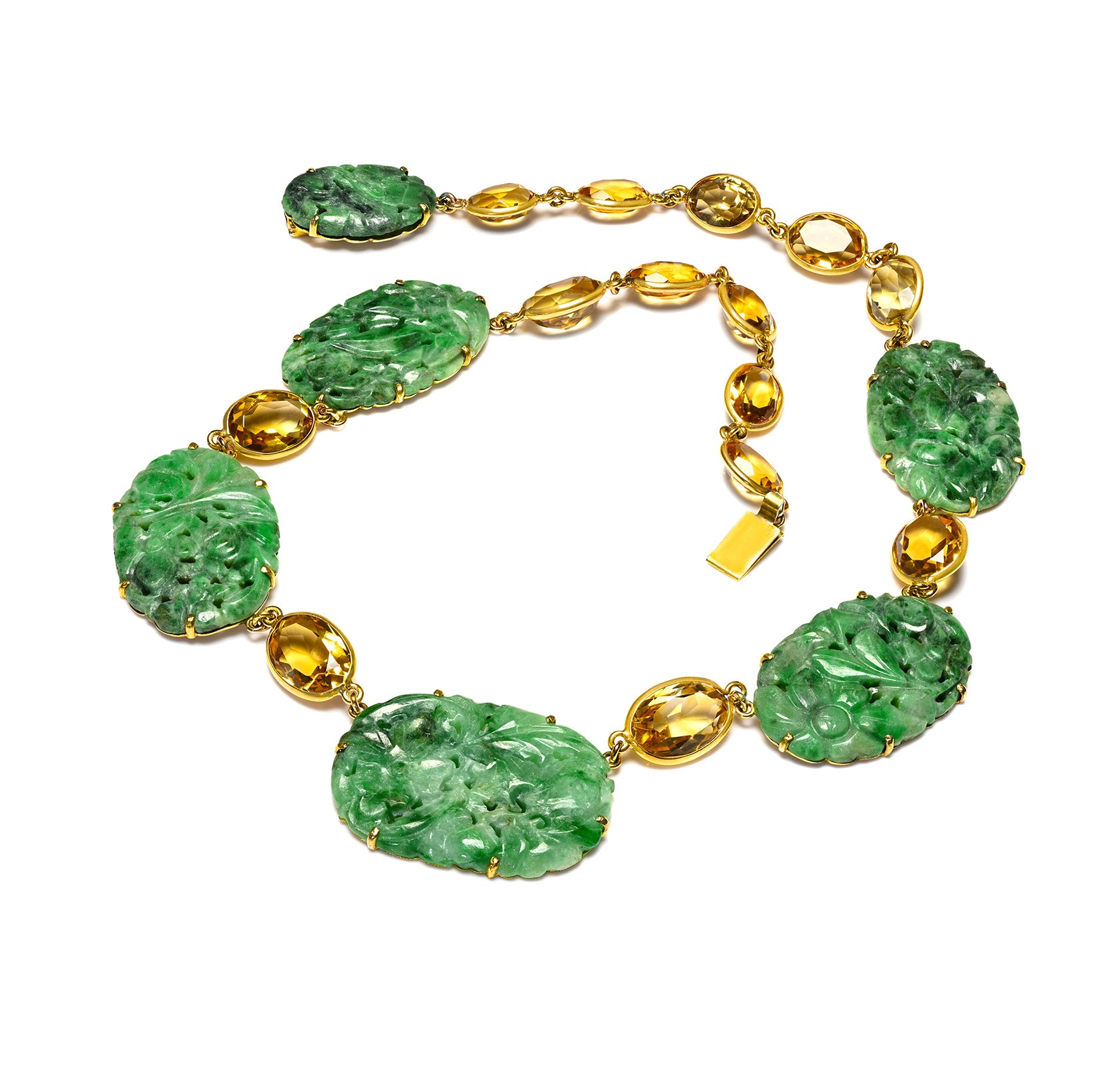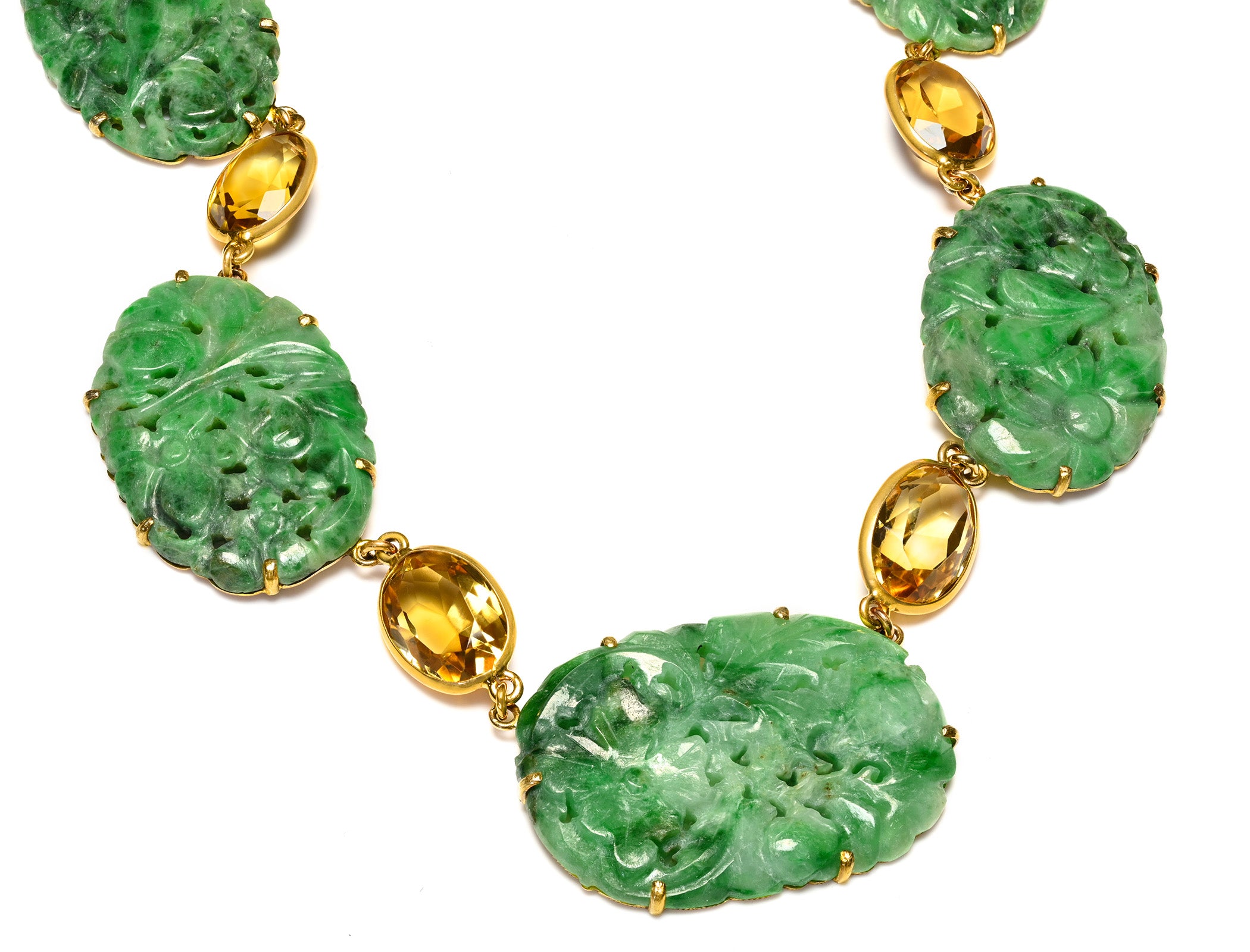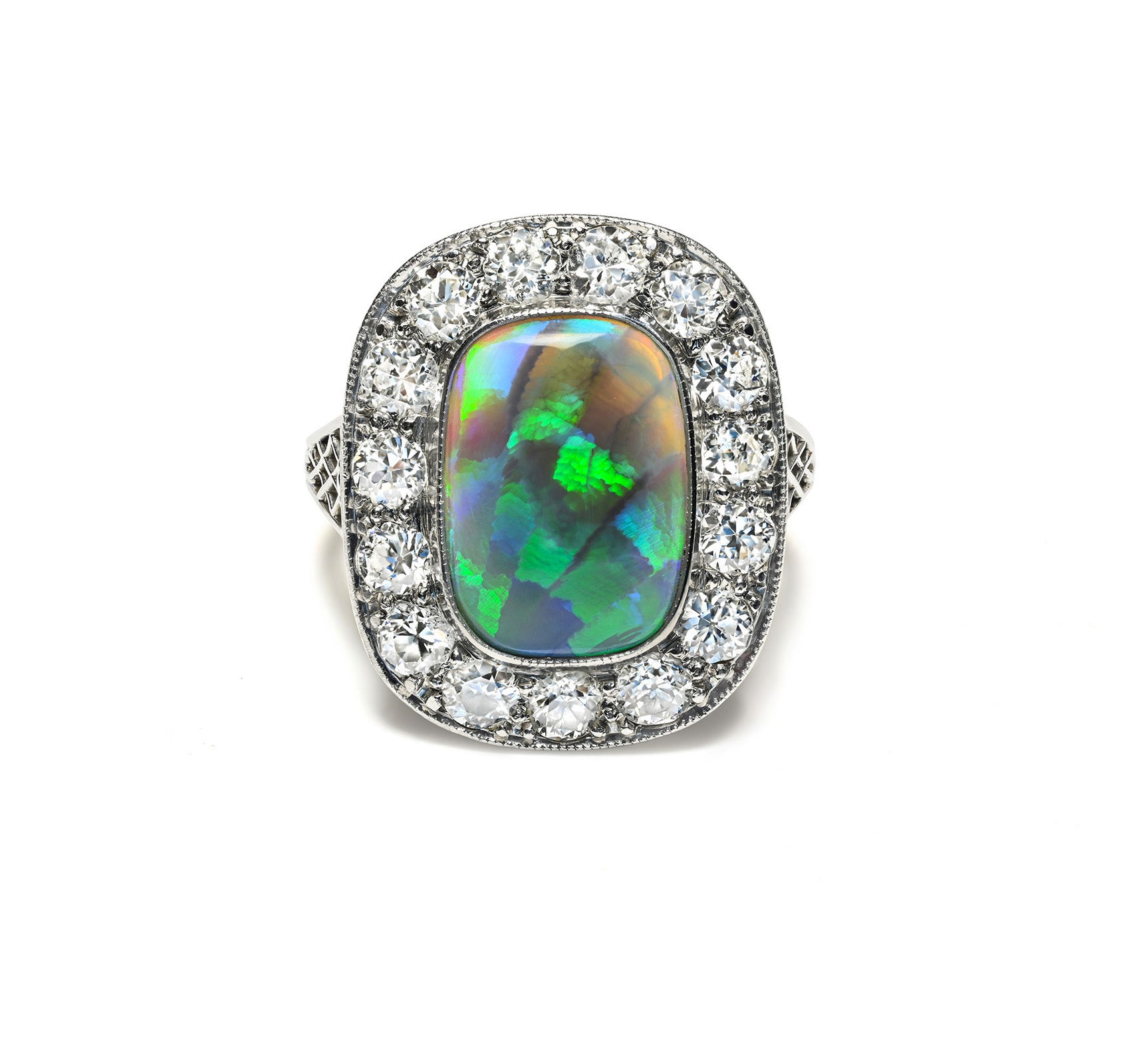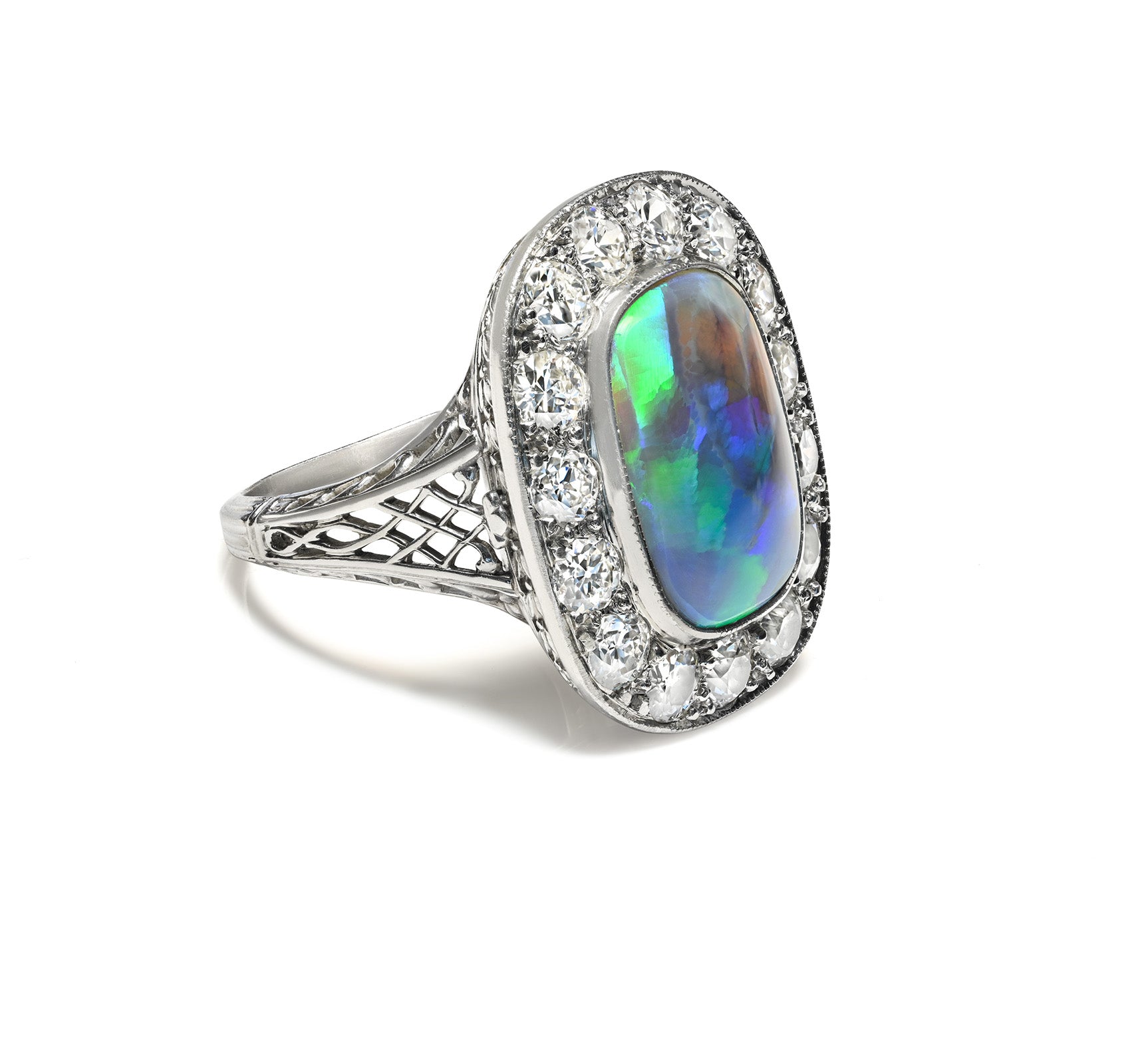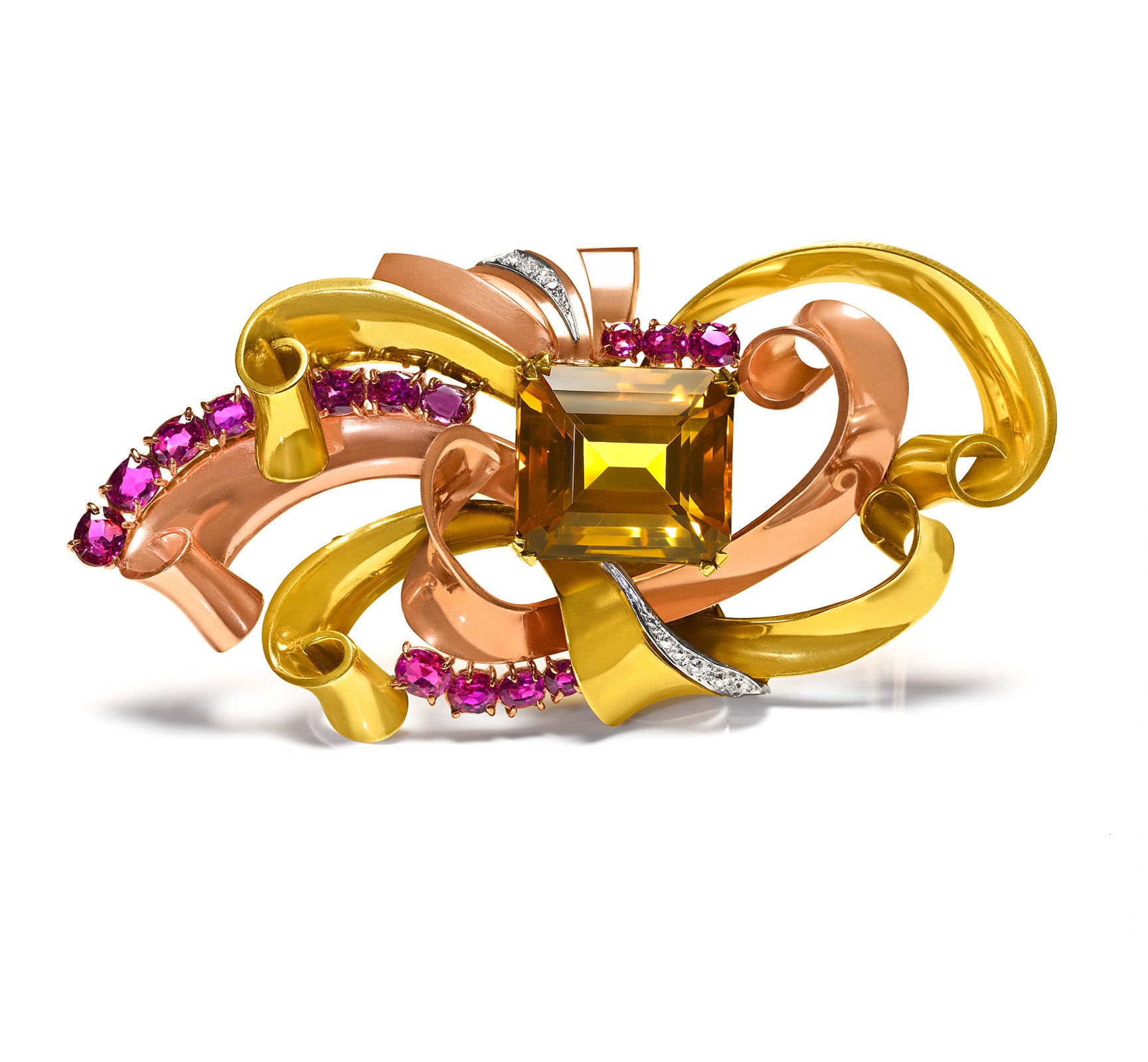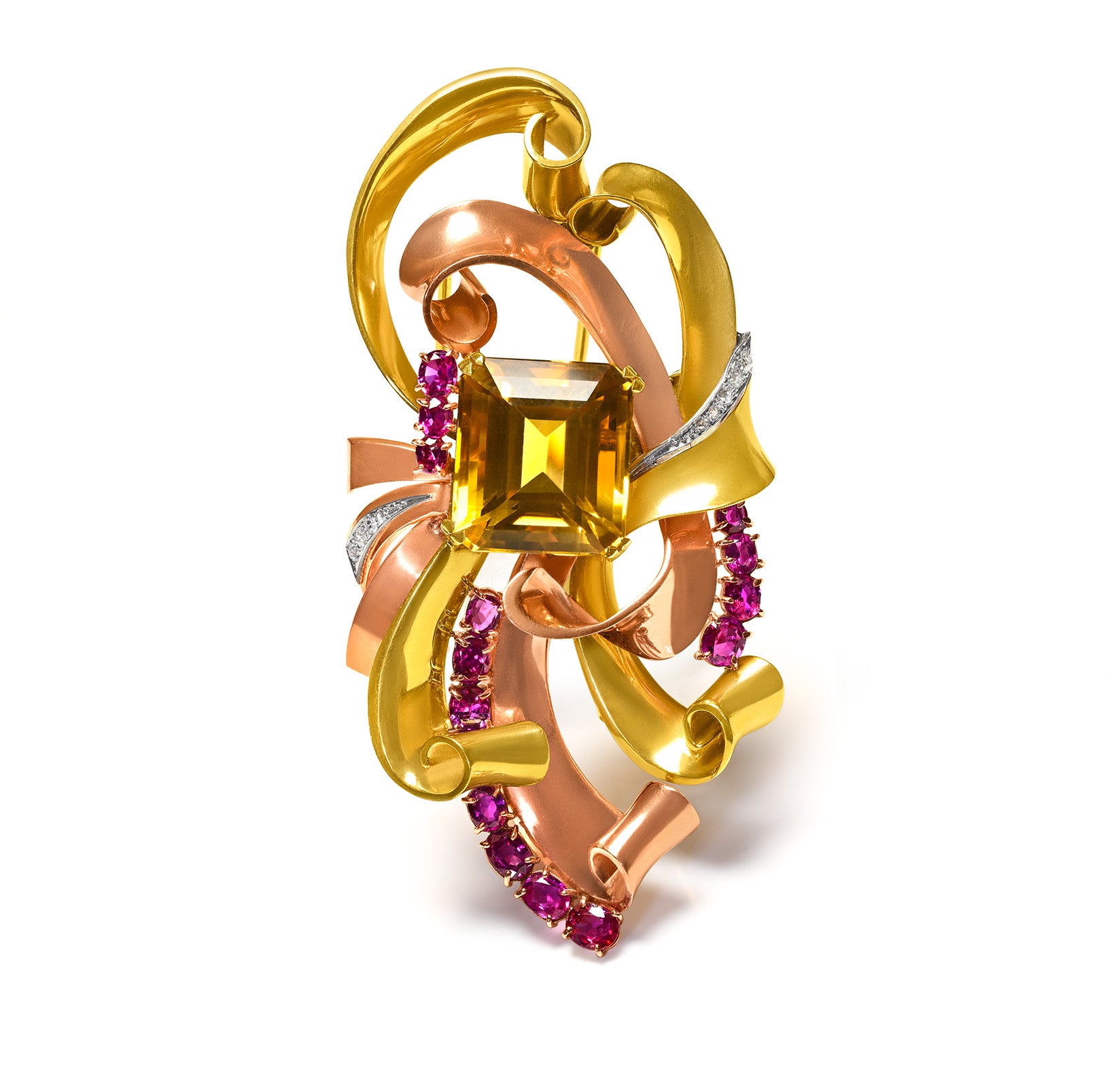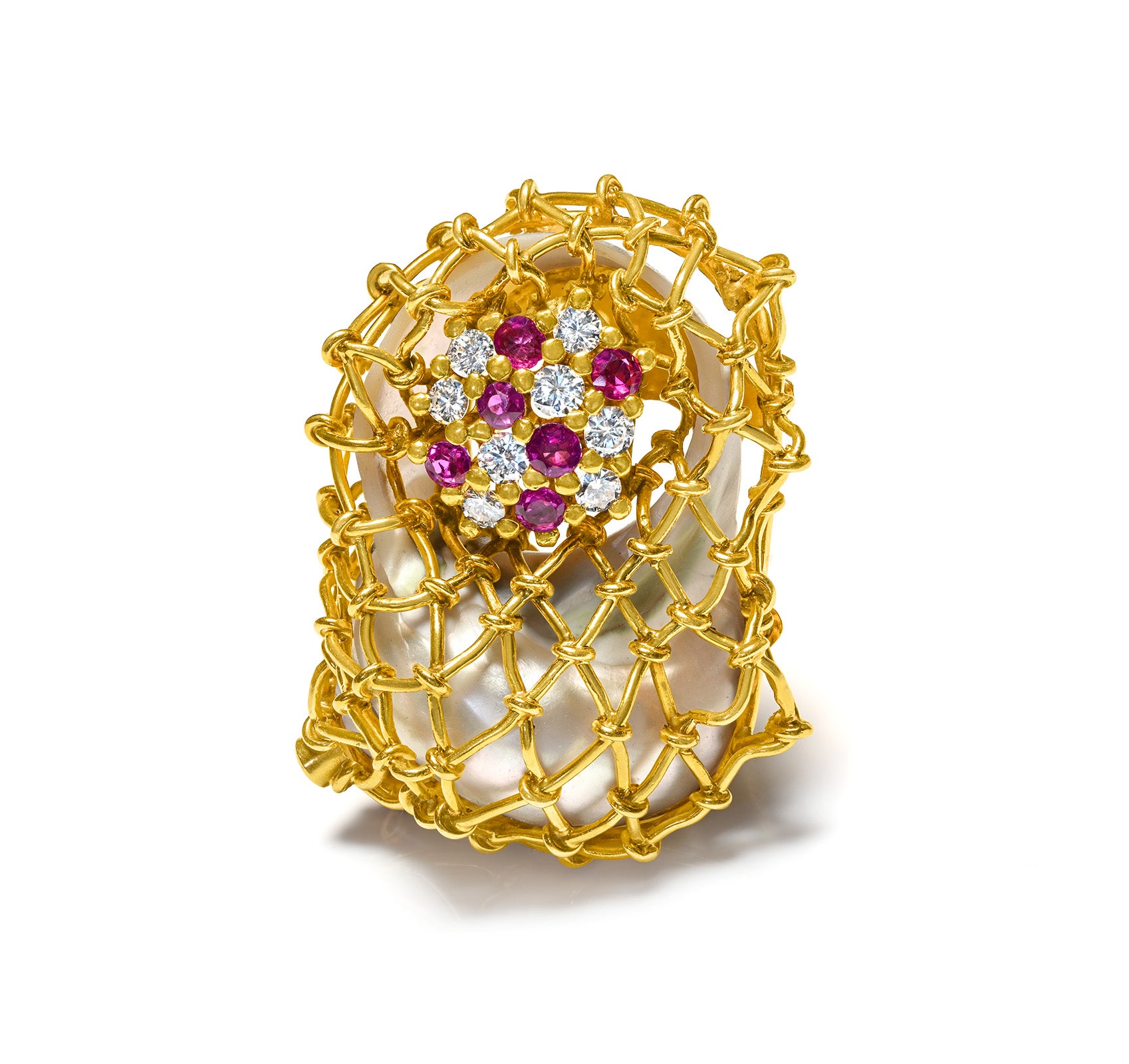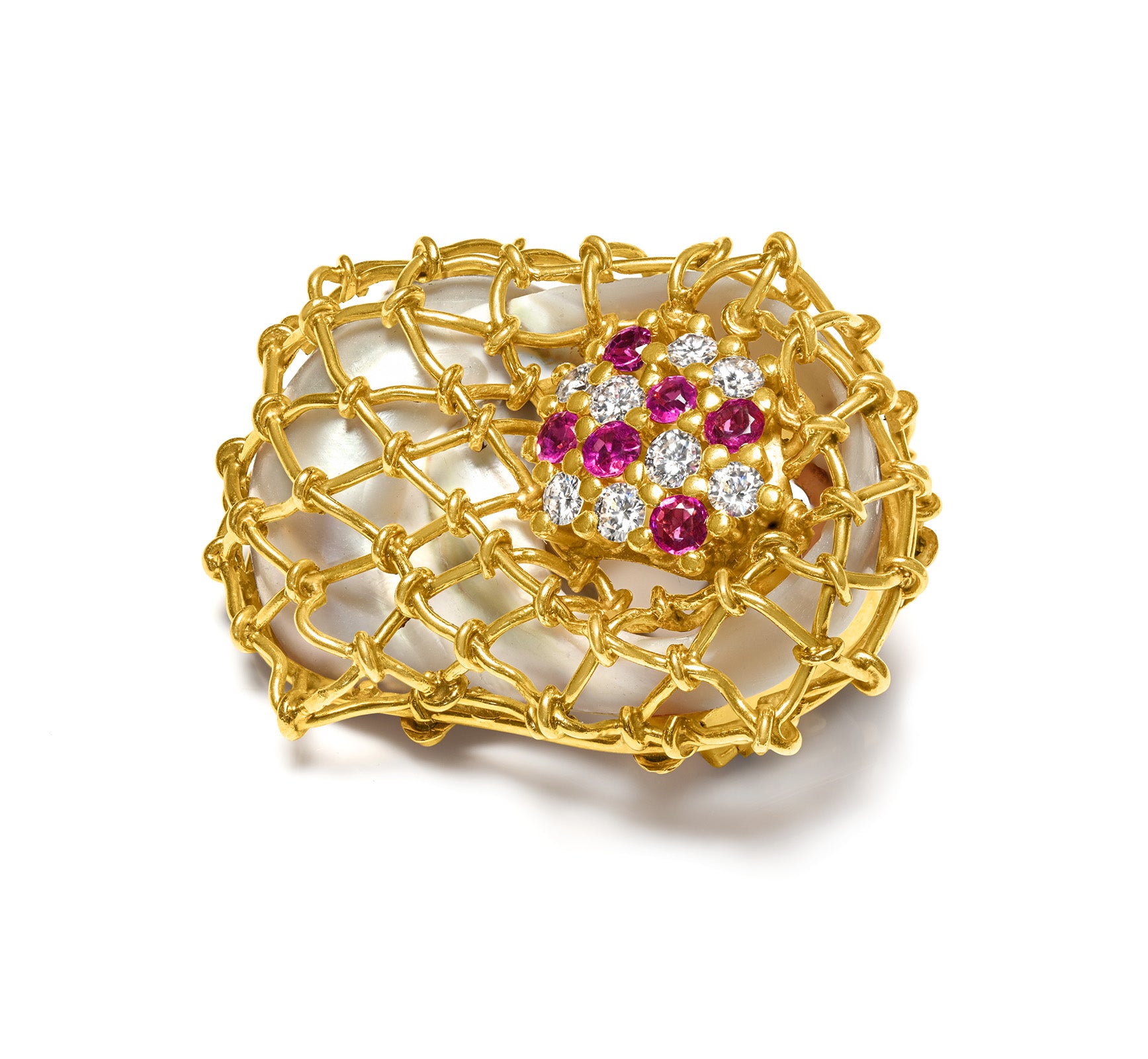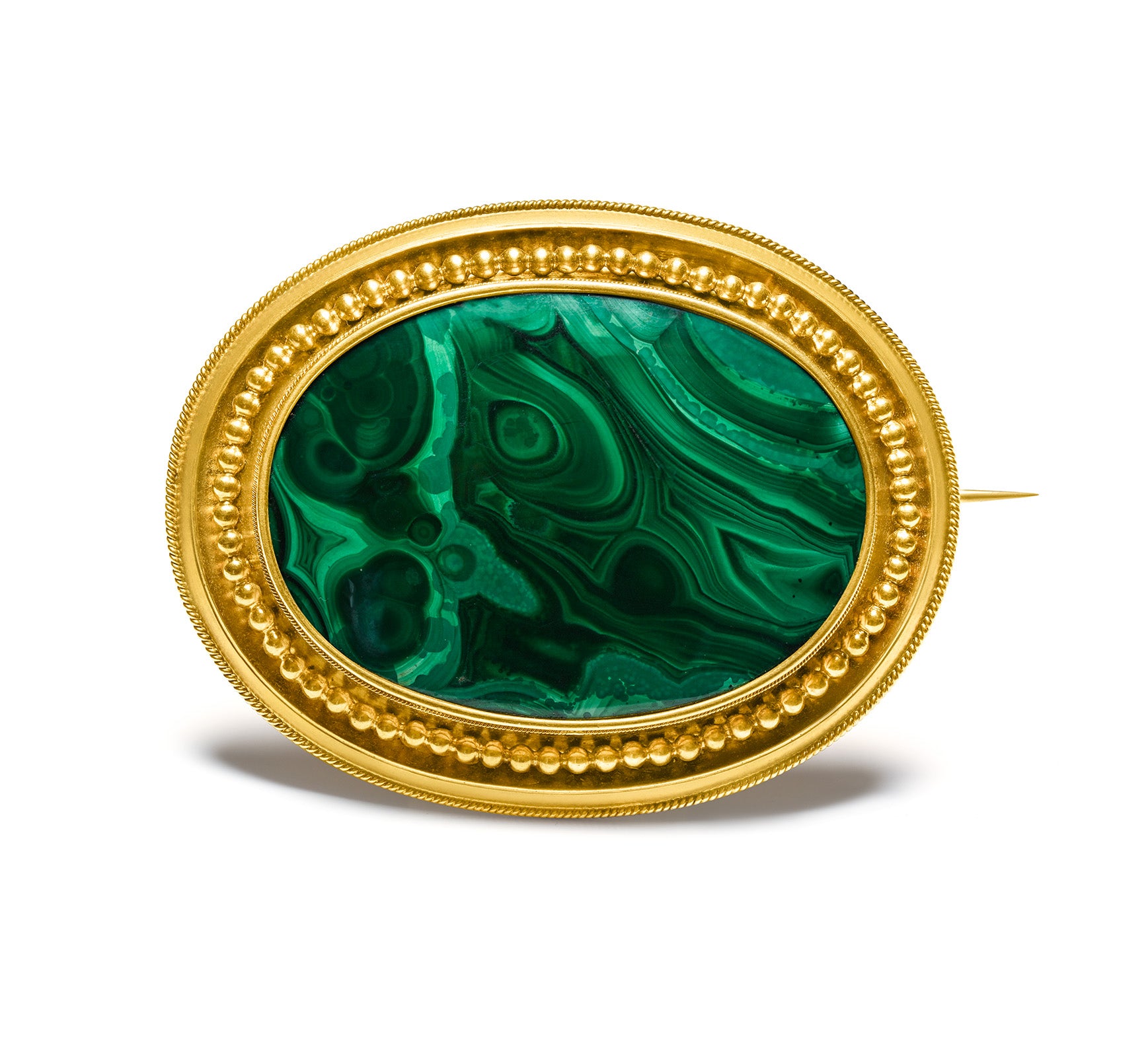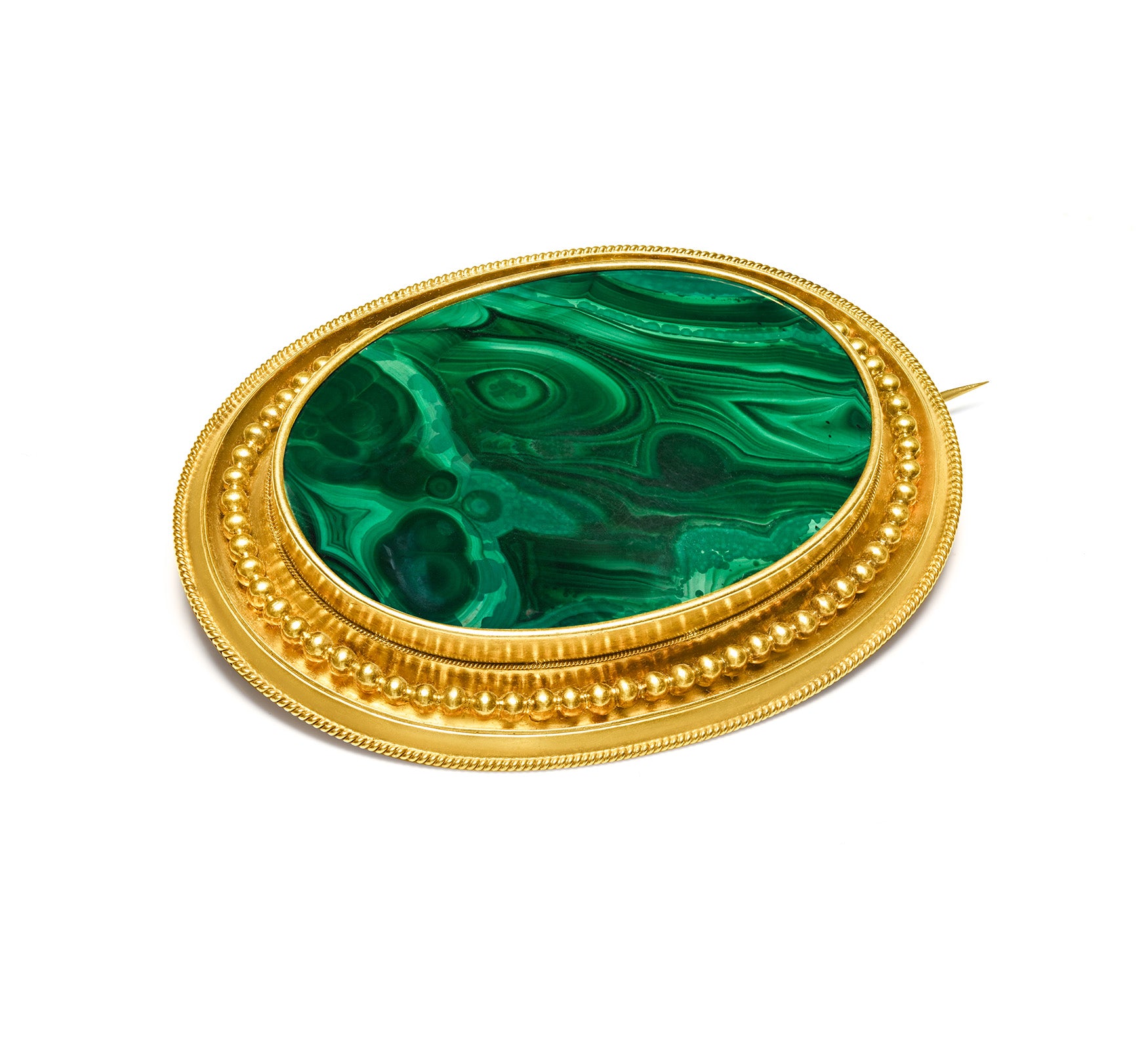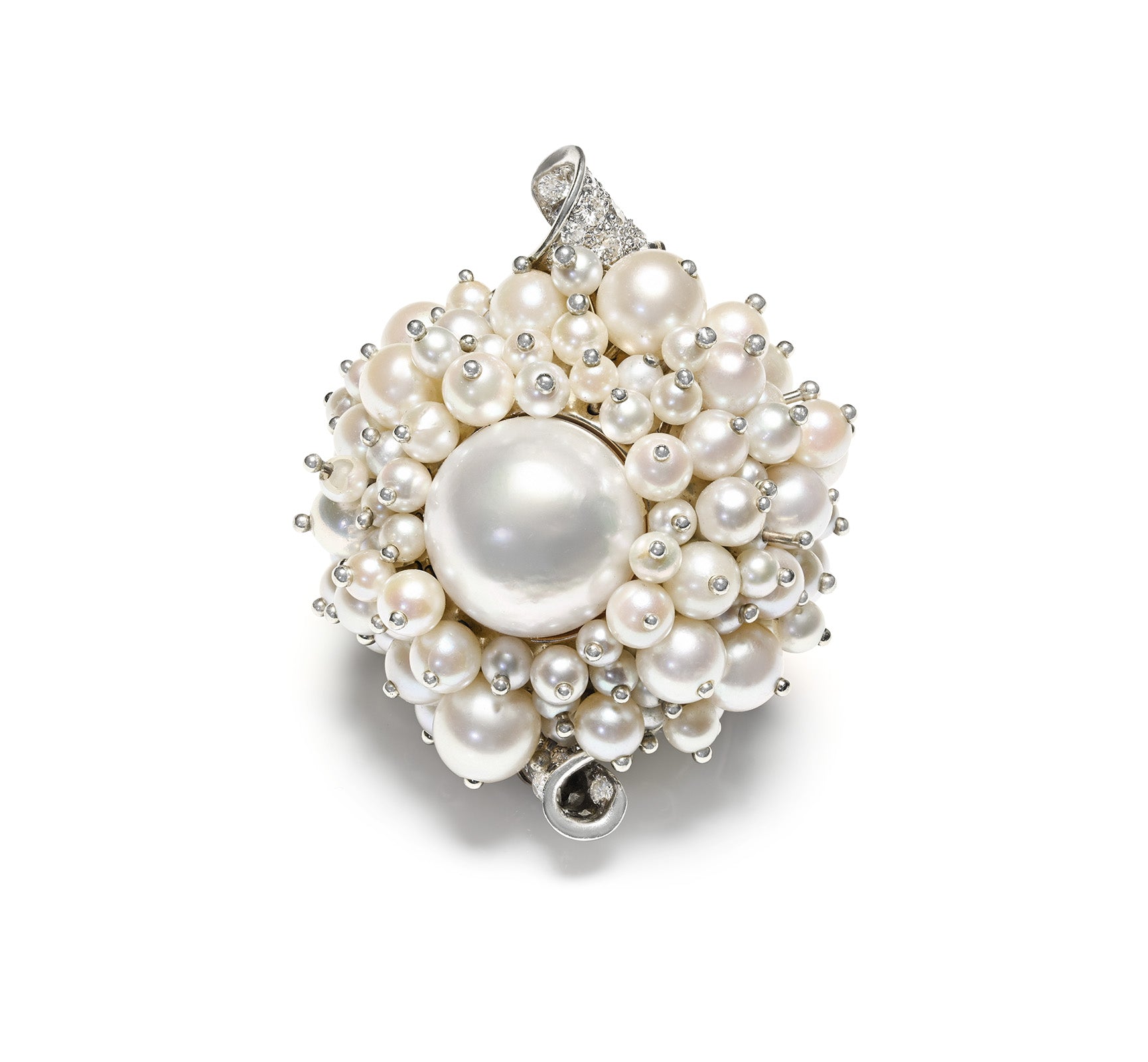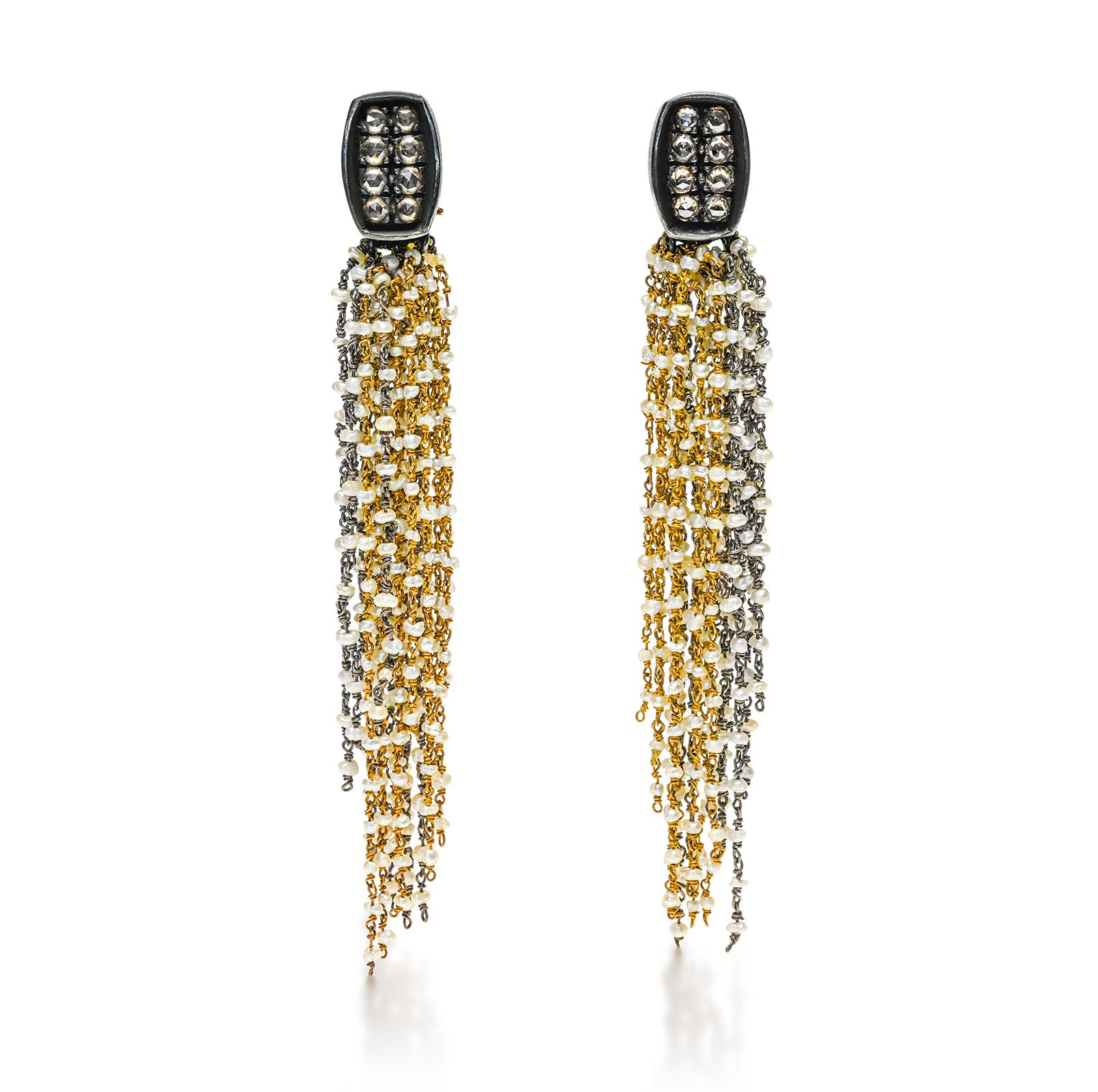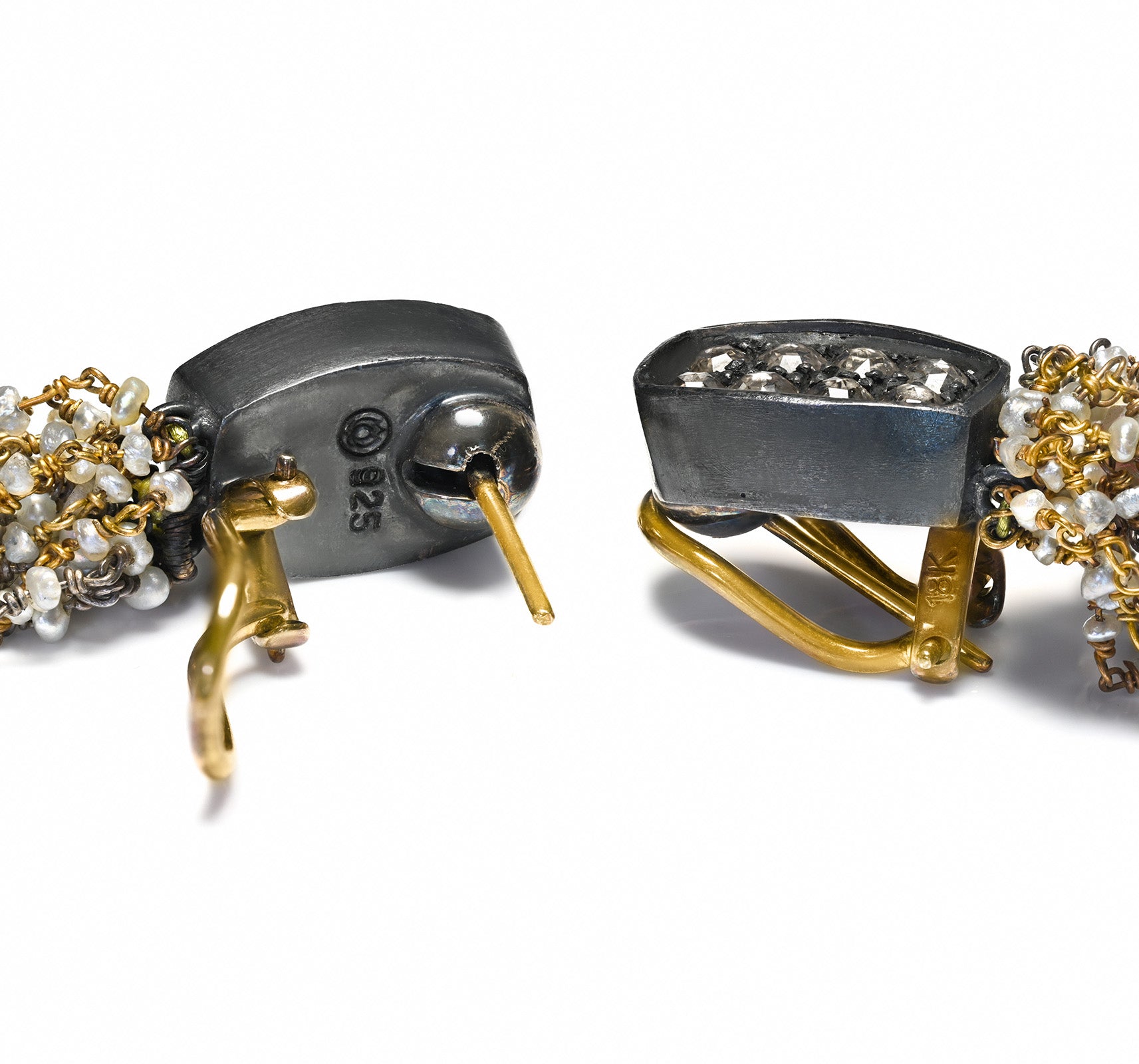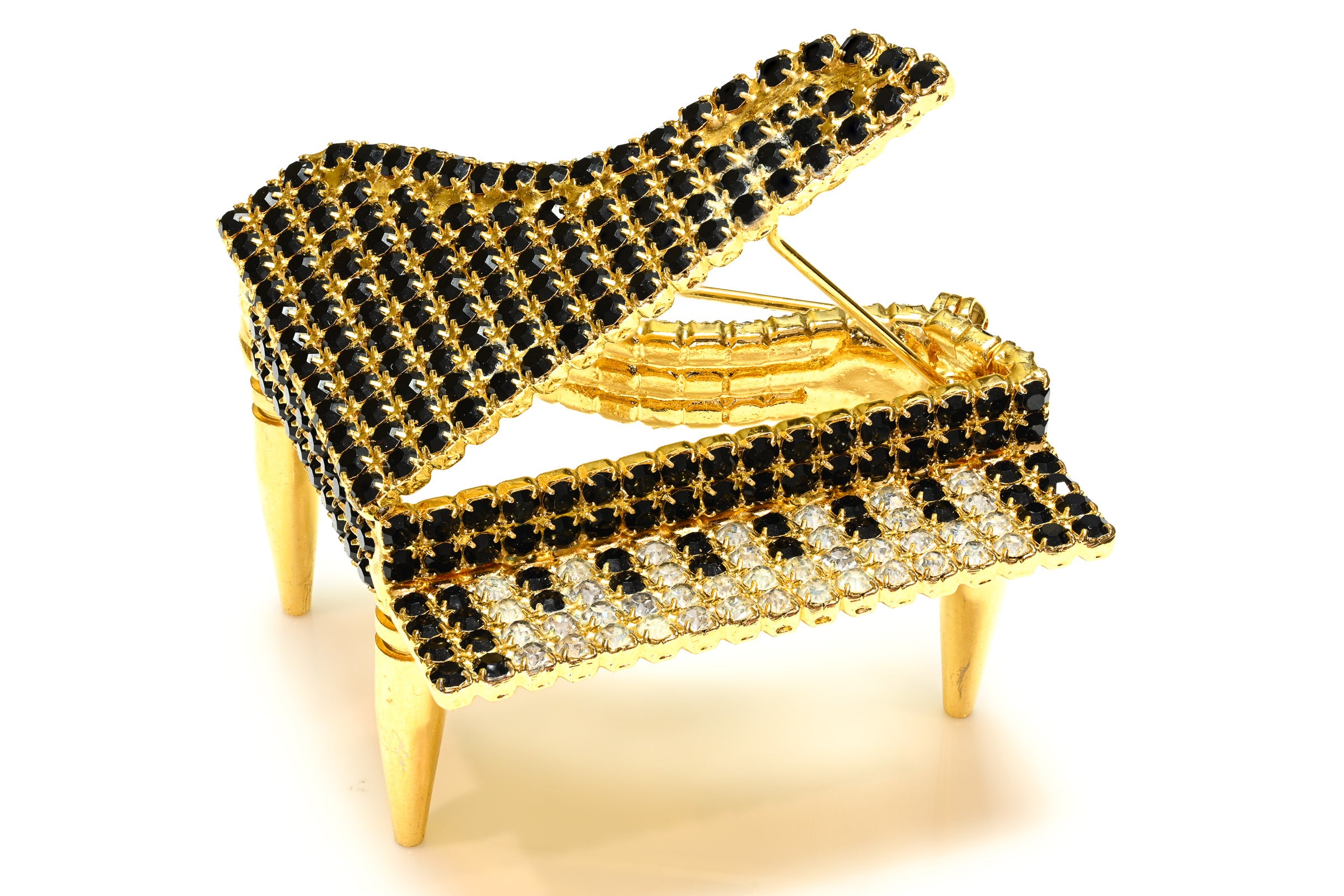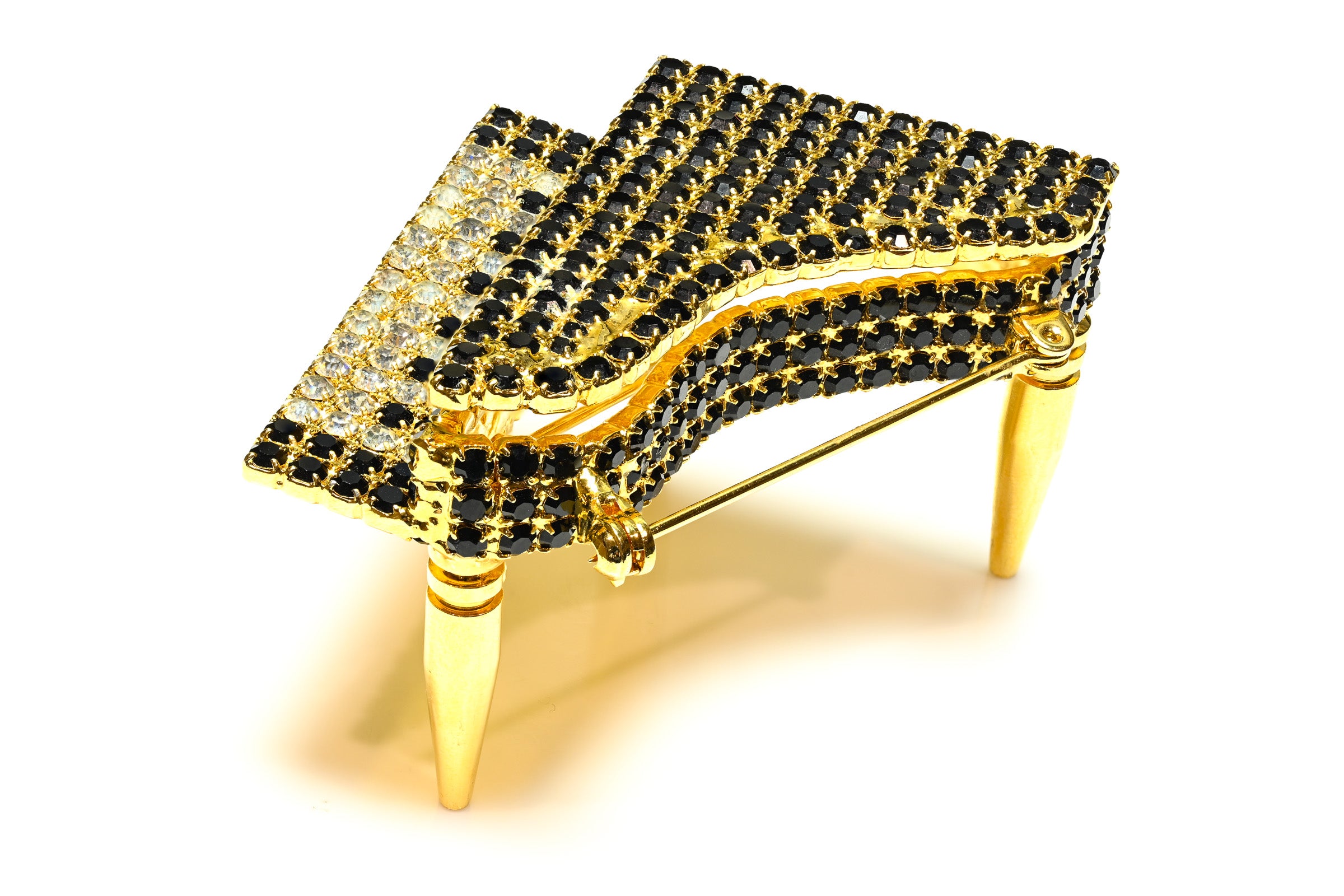Queen Elizabeth's Imperial State Crown - The Fabulous Jewel Atop The Coffin
The "Imperial State Crown" or imperial crown, placed on a purple cushion above the coffin of Queen Elizabeth II during the procession to Westminster, is perhaps the most famous item in the Crown Jewels.
Encrusted with some of the most famous precious gemstones in the world, the imperial state crown is only used by the monarch for a few minutes at the time of the coronation. In fact, it was worn by only six monarchs since the Restoration in 1660.
The Imperial State Crown - A Priceless Symbol Of Sovereign
Made in 1937 for the coronation of the Queen's father, King George VI, the crown sparkles with nearly 3,000 stones - including 2,868 diamonds, 273 pearls, 17 sapphires, 11 emeralds, and five rubies.
But the most famous gem in the Imperial State Crown is the 317-carat Cullinan II diamond. Cut from the largest diamond ever found, it was given to Edward VII on his 66th birthday by the government of the Transvaal - a former British crown colony - in present-day South Africa.
The Imperial State Crown also includes the oldest gem in the royal collection - a sapphire said to have once been worn in a ring by the 11th Century king of England, St Edward the Confessor. The stone is now set at the center of the cross that tops the crown. Another famous gem in the crown is the "Black Prince's Ruby" - cut from a stone called ruby spinel that resembles ruby.
The "Black Prince’s Ruby" was worn on battlefields by Henry V at Agincourt and Richard III at the Battle of Bosworth. There is evidence it was part of Henry VIII’s treasure trove as well. It is now the red stone above the Cullinan II diamond on the Imperial State Crown.
The Imperial State Crown is worn by the king after leaving Westminster Abbey, immediately after the coronation, as the crown used for the moment of crowning is St Edward's Crown which was long considered too heavy to wear, weighing around 4.4 pounds - twice as much as the Imperial State Crown.
St Edward's Crown was made in 1661 for the coronation of King Charles II and is made from solid gold.
The queen once joked that even the Imperial State Crown was so heavy that if she looked down while wearing it, "it would break your neck."
Back in 2016 and for every State Opening of Parliament thereafter, the Imperial State Crown placed a velvet pillow right next to the Queen who found it too heavy to wear.
"You can't look down to read the speech, you have to take the speech up because if you did, your neck would break, it would fall off," Queen Elizabeth explained in a documentary.
Kept in the Tower of London alongside the other jewels of the British crown, the imperial crown was worn every year by Queen Elizabeth II on the occasion of the inaugural ceremony of the work of the Parliament. It hasn't been worn in recent years because of its weight.
The term "Imperial State Crown" dates back to the 15th century when English monarchs chose a design of the crown enclosed by arches to demonstrate that England was not subservient to any other land power, according to the Royal Collection Trust, which oversees The Royal Collection of the British Royal Family.
Encrusted with some of the most famous precious gemstones in the world, the imperial state crown is only used by the monarch for a few minutes at the time of the coronation. In fact, it was worn by only six monarchs since the Restoration in 1660.
The Imperial State Crown - A Priceless Symbol Of Sovereign
Made in 1937 for the coronation of the Queen's father, King George VI, the crown sparkles with nearly 3,000 stones - including 2,868 diamonds, 273 pearls, 17 sapphires, 11 emeralds, and five rubies.
But the most famous gem in the Imperial State Crown is the 317-carat Cullinan II diamond. Cut from the largest diamond ever found, it was given to Edward VII on his 66th birthday by the government of the Transvaal - a former British crown colony - in present-day South Africa.
The Imperial State Crown also includes the oldest gem in the royal collection - a sapphire said to have once been worn in a ring by the 11th Century king of England, St Edward the Confessor. The stone is now set at the center of the cross that tops the crown. Another famous gem in the crown is the "Black Prince's Ruby" - cut from a stone called ruby spinel that resembles ruby.
The "Black Prince’s Ruby" was worn on battlefields by Henry V at Agincourt and Richard III at the Battle of Bosworth. There is evidence it was part of Henry VIII’s treasure trove as well. It is now the red stone above the Cullinan II diamond on the Imperial State Crown.
The Imperial State Crown is worn by the king after leaving Westminster Abbey, immediately after the coronation, as the crown used for the moment of crowning is St Edward's Crown which was long considered too heavy to wear, weighing around 4.4 pounds - twice as much as the Imperial State Crown.
St Edward's Crown was made in 1661 for the coronation of King Charles II and is made from solid gold.
The queen once joked that even the Imperial State Crown was so heavy that if she looked down while wearing it, "it would break your neck."
Back in 2016 and for every State Opening of Parliament thereafter, the Imperial State Crown placed a velvet pillow right next to the Queen who found it too heavy to wear.
"You can't look down to read the speech, you have to take the speech up because if you did, your neck would break, it would fall off," Queen Elizabeth explained in a documentary.
Kept in the Tower of London alongside the other jewels of the British crown, the imperial crown was worn every year by Queen Elizabeth II on the occasion of the inaugural ceremony of the work of the Parliament. It hasn't been worn in recent years because of its weight.
The term "Imperial State Crown" dates back to the 15th century when English monarchs chose a design of the crown enclosed by arches to demonstrate that England was not subservient to any other land power, according to the Royal Collection Trust, which oversees The Royal Collection of the British Royal Family.

